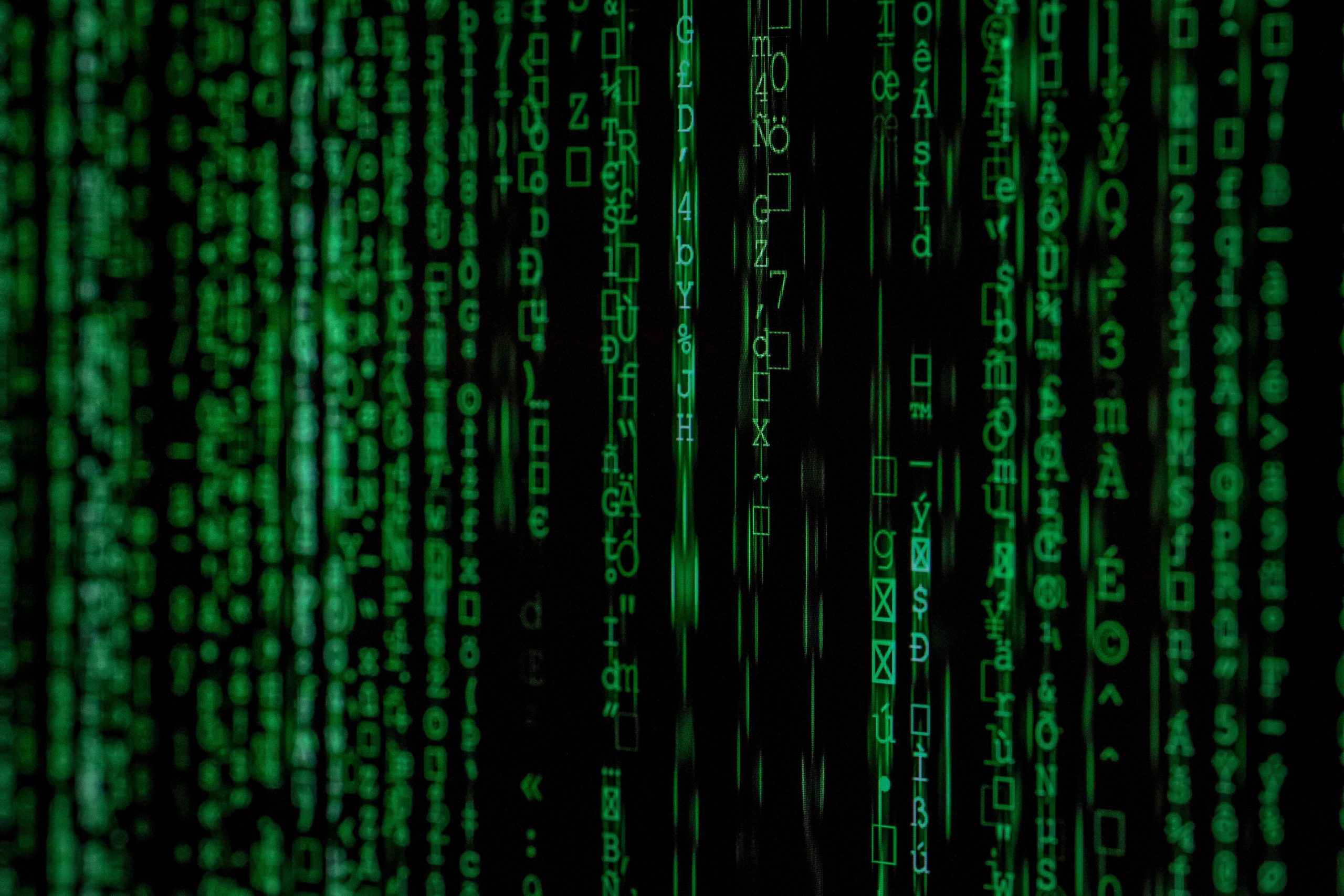Non-fungible Tokens (NFTs) have recently become the subject of much discussion and controversy. People are understandably confused about what NFTs are, what rights they confer, how they can be sold or bought, and how they are made. NFTs are hard to conceptualize because they are non-physical and remain in a somewhat legally unexplored area. Some people see great value in them, while others see them as more of a digital fad.
What is an NFT?
An NFT is an emerging technology that uses the blockchain framework to memorialize or confirm that a certain digital copy of something is a genuine original item. Think of it like buying the first addition of a book, or buying a one-of-a-kind collectible playing card, only digital. You know how genuine baseball card packs used to come with hologram stickers on them to prove authenticity? An NFT includes a piece of code embedded therein to prove its authenticity, like a digital hologram sticker that can never be removed or replicated.
When the author/creator of a unique piece of digital art, music, collectible or other digital item decides to create an NFT out of their item, they will create a limited number of them and sell them to people. When you buy an NFT, you are usually buying limited rights to use or make money off of the digital item, which you can prove is genuine through the blockchain. Selling rights to the NFT is separate from selling the copyright to an item, and the author usually reserves the copyright and other intellectual property rights connected to the NFT.
What is a blockchain?
The blockchain is the distributed network of data accessible only by authenticated members. Transactions and information stored in the blockchain network are duplicated and spread across multiple nodes so that they cannot be changed or tampered once recorded. NFTs are non-fungible because, by definition, they are unique, not replicable items. While I can go online and download a .gif file that looks exactly like the NFTs that the NBA is selling of famous players making famous shots, I don’t own a unique NFT of that digital item, and all of the limited rights that go along with it.
How are NFTs different from selling copyrights, or other forms of Intellectual Property?
Selling an NFT is often like selling the rights to use a certain piece of art. For example, an artist might sell the rights to a piece of artwork through a structured deal, in order for a manufacturer to print and sell the artist’s design on a series of T-shirts. A manufacturer can’t start producing posters with the same artwork, without first licensing the rights to it from the artist. The artist, however, retains the copyright to the original artwork, and can choose to work with multiple manufacturers to produce posters, postcards, or other licensed products. Similarly, NFTs may be involved in multiple deals that dictate the different terms of the agreement. For example, Jack Dorsey, as the author of the first tweet on Twitter, is the copyright owner so that he could sell it as an NFT. We can only speculate whether Mr. Dorsey retained rights to, for example, have the NFT be printed on coffee mugs.
Larger portions of the intellectual property of a given digital item can be transferred to a new owner through other contracts. These are called “assignments” or “asset transfers.” Most NFT sales do not include this more specific kind of sale of intellectual property. It remains to be seen whether such transfer of IP rights will become more standardized as NFTs become more common.
What can you do with an NFT?
This will vary depending on the NFT. Some, like the NBA NFTs, only allow you to use, copy, or display the image for non-commercial use. This makes the NBA NFTs more like a collector’s card than a digital commercial investment. Others allow commercial use, up to a certain amount of money earned per year. Due to the recent explosive growth of the NFT market, prices of many NFTs are extraordinarily high, perhaps even higher than the built-in financial cap that you would be allowed to make from them annually. While the prices of some recently sold rare NFTs (such as these CryptoKitties) can be astronomically high, it seems likely that prices will eventually stabilize.
Are NFTs really a new concept?
While the over $200,000 price tag of some of the NBA NFTs might make it seem like NFTs are a revolutionizing digital intellectual property, we should be careful not to get ahead of ourselves. NFTs are essentially a new type of commodity, and they are not tied to the value of any established commodity (like gold) or backed by any government (like the Federal Deposit Insurance Corporation (FDIC) in the banking industry), making them fundamentally unstable. Pure supply and demand drive prices and value. This makes it impossible to determine the fair price of any specific NFT, and the buyer is taking a speculative risk as to whether the NFT would increase in value or even retain its value..
The only truly original element of NFTs from an intellectual property perspective, is the use of the blockchain technology as a way to authenticate ownership of the NFT and the transaction record. If instead of using the blockchain technology you signed a paper contract to license the rights to a piece of digital artwork, you could essentially accomplish the same intellectual property ownership. While blockchain technology certainly accelerates the process of licensing digital items, the way that items are used may not be changed as much as people expect.
Protecting your intellectual property starts with understanding what to protect. Ready to turn your intellectual property into your greatest asset? Click here to get started.





